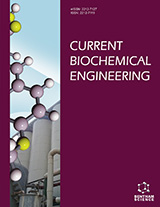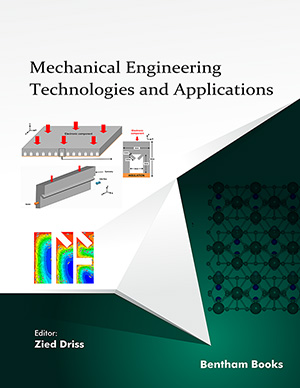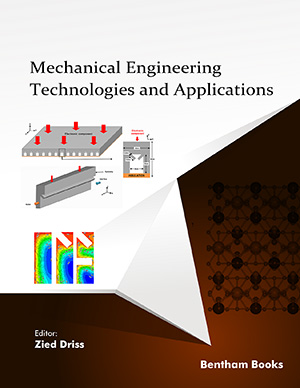Abstract
Background: Hairy root culture has been widely used in the production of metabolites in dicotyledons, and a large number of food crops and medicinal plants in monocotyledons need to be developed. However, there are many difficulties in the induction of hairy roots in monocotyledons. The purpose of this paper is to introduce the inducing methods, influencing factors, and application of hairy roots in monocotyledons, and to promote the development of hairy root system in monocotyledons.
Methods: The mechanism of action of Agrobacterium rhizogenes and the current situation of hairy root induction, induction methods and influencing factors of monocotyledons were summarized to provide convenience for efficient acquisition of hairy root of monocotyledons.
Results: Monocotyledons are not easy to produce phenols. Cells are prone to lignification, adverse differentiation and selective response to Agrobacterium rhizogenes strains. It is proposed that before induction, plant varieties and explants should be selected, and different infection strains should be screened. In the process of hairy root induction, exogenous inducers such as acetosyringone can be added. Although these factors can provide some help for the induction of hairy roots in monocotyledons, we still need to pay attention to the disadvantages of monocotyledons from dicotyledons at the cellular level.
Conclusion: A large number of food crops and medicinal plants are monocotyledons. Hairy root culture can be used to help the breeding and production of medicinal substances. Therefore, it is necessary to pay attention to the selection of varieties and explants, the selection of Agrobacterium rhizogenes and the addition of acetosyringone in the process of hairy root induction to improve the production efficiency and facilitate the development and utilization of monocotyledons.
Keywords: Monocotyledons, hairy roots, secondary metabolites, plant breeding, Agrobacterium rhizogenes, medicinal plants.
 21
21


















